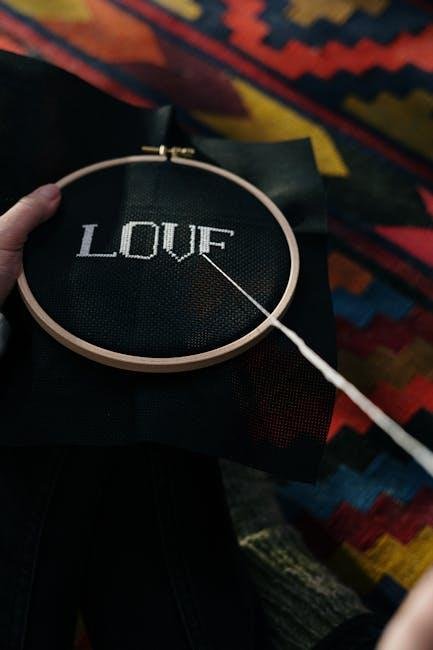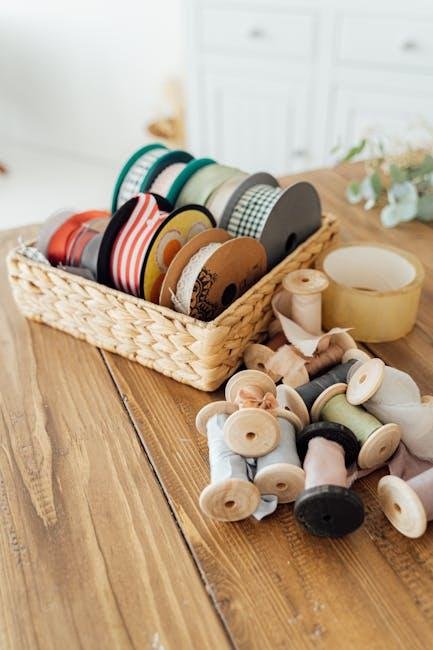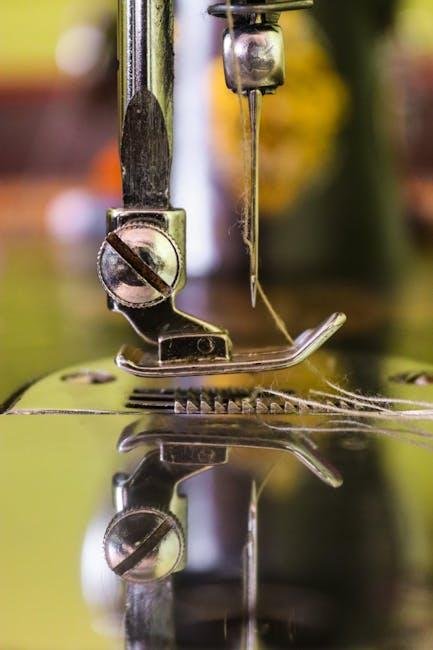Embarking on a creative journey can be both exciting and fulfilling,especially when it transforms a beloved hobby into a thriving business. If you’ve ever found joy in the rhythmic motion of a needle threading through fabric,it might be time to consider sharing that passion with the world. Starting an embroidery business from home offers a perfect blend of artistry and entrepreneurship, allowing you to create stunning, personalized pieces while setting yoru own schedule. This article will guide you through the essential steps to launch your home-based embroidery venture – from honing your skills and acquiring the right tools to marketing your unique creations and managing the business side of things. Whether you’re looking to supplement your income or pursue a full-time endeavor, let’s explore the tapestry of opportunities that awaits you in the world of embroidery.
Choosing the Right Equipment and Supplies for Your Home Embroidery Studio
Setting up a successful home embroidery studio requires careful selection of the right equipment and supplies. Begin by investing in a quality embroidery machine that suits your needs,whether you’re keen on basic projects or complex designs. Look for features like multiple needle options, automatic thread cutting, and a user-kind interface. Additionally,consider purchasing software that allows you to create and edit designs,as well as convert images into embroidery files. A well-chosen machine can greatly affect the quality of your work, ensuring you deliver professional results that keep customers coming back.
In addition to your embroidery machine, it’s essential to gather a range of supplies that will enhance your projects. Focus on collecting a variety of threads in different colors, types, and weights to accommodate various fabrics. Don’t forget essential tools such as hoops, stabilizers, and scissors designed specifically for embroidery. For easy organization, you might consider a dedicated storage solution, such as a toolbox or caddy, that keeps everything accessible and tidy. Below is a simple overview of must-have supplies:
| supply | Description |
|---|---|
| Threads | A variety of colors and types for different fabric needs. |
| Hoops | Ensure even tension and alignment for your projects. |
| Stabilizers | Support fabrics during stitching to prevent distortion. |
| Scissors | Precision cutting tools designed for embroidery work. |

Mastering Essential Techniques and Design Skills for Success
To succeed in an embroidery business, honing your design skills and mastering essential techniques is vital. Start with a strong foundation in various embroidery methods, such as machine embroidery, hand embroidery, and appliqué. Familiarize yourself with the different types of fabrics and threads, as each choice influences the final outcome. Here are some techniques to focus on:
- Basic Stitches: Learn the fundamental stitches like backstitch, satin stitch, and French knots.
- Digitizing Software: Invest time in learning software for creating designs, such as Wilcom or Hatch.
- Color Theory: Understand how colors interact and how to create pleasing combinations.
Along with technical skills,developing your design aesthetic can set you apart from competitors. Experiment with various styles and themes to create a signature look for your products. consider maintaining an inspiration board to curate ideas that resonate with your target audience. Collaborate with local artists or participate in workshops to broaden your creative horizons.Below is a simplified table to help you track key design elements:
| Element | Description |
|---|---|
| Theme | Choose a central concept for your designs. |
| Color Palette | Select complementary colors for your embroidery projects. |
| textures | Incorporate diverse materials to enhance depth. |

navigating Market Trends and Finding Your Unique Niche
In the realm of embroidery, understanding current market trends is essential for establishing a successful home-based business. Keeping an eye on rising styles, color palettes, and customer preferences can set you apart. Consider exploring the following avenues to identify what resonates with potential clients:
- Sustainable Practices: Eco-friendly materials and processes are increasingly demanded.
- Personalization: Custom designs and monograms attract a wide range of customers.
- Themed Collections: Seasonal or event-based offerings can create buzz and drive sales.
Finding your unique niche involves blending your personal interests with market demands. Start by assessing your strengths and passions within the embroidery space.Perhaps you have a knack for intricate designs or a love for minimalistic patterns. Collaborating with local businesses or participating in community events can also provide insights into consumer needs. Use the table below to identify potential niches within your embroidery business:
| Embroidery Niche | Target Audience | Unique Selling Point |
|---|---|---|
| Baby Apparel | Parents & Gift Shoppers | Customizable baby outfits with names or dates |
| Corporate Merchandise | Businesses | Professional branding on apparel |
| Seasonal Décor | Homeowners | Themed designs for holidays and events |

Building Your Brand and marketing Your Embroidery Business Online
Creating a strong online presence is essential for the success of your embroidery business. Start by establishing a professional website that showcases your unique designs and services. Utilize high-quality images to convey the craftsmanship and attention to detail that goes into your work. Consider integrating an online store to make it easy for customers to view and purchase your products. Additionally, leverage social media platforms such as Instagram and Pinterest, where visually-driven content thrives. Engage with your audience by sharing behind-the-scenes processes, customer testimonials, and tips related to embroidery. This fosters a sense of community and helps build trust in your brand.
Don’t underestimate the power of digital marketing to reach a broader audience. Employ SEO strategies to optimize your website for search engines, ensuring potential customers can discover you easily. Use targeted keywords relevant to your embroidery niche, and create engaging blog content that adds value and showcases your expertise. Alongside this, consider email marketing campaigns to keep your audience informed about new products, promotions, and tips.You can also explore collaborations with influencers or niche bloggers to tap into their audiences. Here’s a simple table to showcase the essential tools and platforms for building your brand online:
| Tool/Platform | Purpose |
|---|---|
| Website | Showcase products & sell online |
| Visual marketing & engagement | |
| Driving traffic & inspiration | |
| Email Marketing | Direct communication & promotions |
| SEO Tools | Boost online visibility |
Wrapping Up
as you step into the world of embroidery, remember that every stitch tells a story—your story. Starting an embroidery business from home is not just about creating beautiful designs; itS about weaving your passion into a tapestry of chance. with the right skills, tools, and mindset, you can transform your creative hobby into a rewarding enterprise that reflects your unique vision. As you embark on this exciting journey, embrace the challenges and joys that come with entrepreneurship, and don’t forget to connect with fellow crafters and customers who share your love for this art. Your home studio is not just a workspace; it’s the birthplace of artistry and inspiration. So, gather your threads, fire up your machines, and let your imagination run wild. The next chapter of your embroidery adventure awaits—go forth and stitch your dreams into reality!

